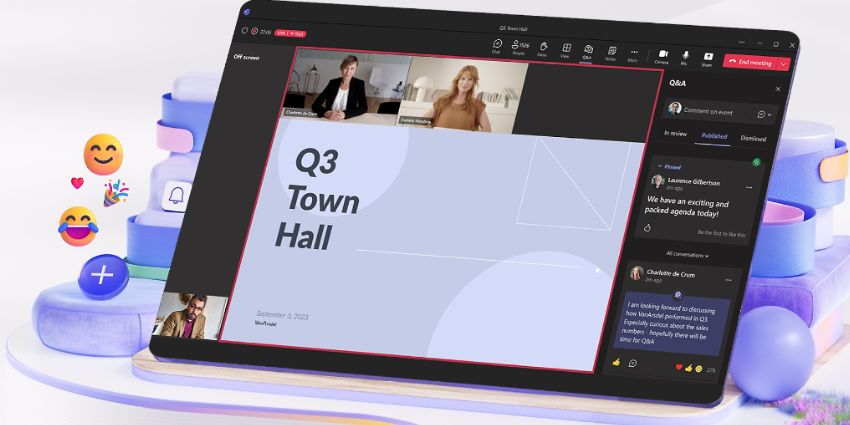The potential game-changing nature of real-time communications embedded within web browsers is something we’ve heard about for several years. Yet, up until now, it’s hard to see any real success in the area for enterprise businesses.
The greatest achievements so far have been in the social and consumer areas, with Facebook Messenger’s video and calling features. After all, most people would prefer to call someone with a quick tap on a smartphone – without worrying about remembering a phone number. That’s probably part of the reason why Facebook Messenger is seeing 400 million video and voice calls per month – making them the largest supplier of WebRTC tech.
We can see the same pattern in the enterprise, with collaboration apps where calls can be made from user ID to user ID, instead of number to number. This architecture removes the middleman, by avoiding the UC cloud platform or phone system. While that sounds great, it’s only by bypassing important network infrastructure that enterprise can get these solutions. Instead, WebRTC should be about incorporating everything we’ve learned about developing high-quality video and voice in the environment.
Understanding the Possibilities of WebRTC
Before we get too deep into the consideration of WebRTC for enterprise, let’s look at what it actually is. WebRTC is a collection of standards that are used for managing real-time communication services without plugins. You simply need to write the JavaScript and HTML controls to manage embedded streams of media and manipulate text and imagery.
Embedding real-time communication within the browser is important – particularly for consumer applications where users don’t want to download extra plug-ins. The same is true for enterprises, where users might be blocked from downloading any unauthorised apps.
However, WebRTC is only a user interface technology. In other words, it doesn’t offer any guarantees for call quality and reliability, mix streams in conference calls or online meetings, and record meetings in the cloud. If you want to get the most out of WebRTC, then you need to connect it to the backend infrastructure. It should be possible to place a call using WebRTC and reach a user on their smart phone, without the need to install apps at either end.
Creating WebRTC for the Enterprise Space
Helping WebRTC to function within a broader, more successful business communications network is challenging. Enabling users on different browsers to communicate with each other efficiently while still supporting the capabilities of WebRTC remains a significant concern – though it might be getting smaller.
However, the effort of improving WebRTC is well worth the time, because the payoff is ultimately a more intuitive and integrated experience.
Peer-to-peer solutions for WebRTC are likely to remain significant with social software developers and collaboration companies looking for a simple and quick way of “calling” within apps, without the need for a comprehensive phone system. While there’s nothing wrong with this, it’s important to understand that such a process has its limits.







